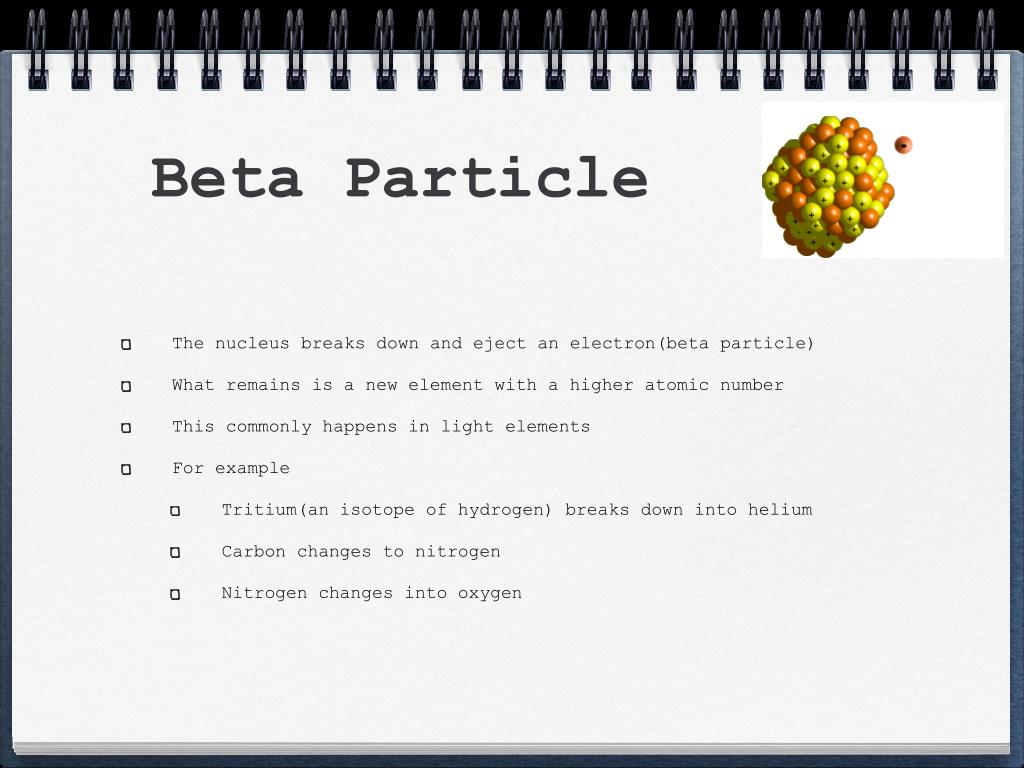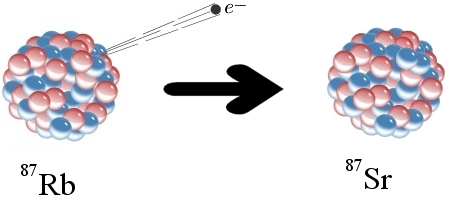
It may only be stopped by many centimetres of lead or many metres of concrete.

It can penetrate air, paper or thin metal. The purpose of this study was to evaluate the transmission of beta particles through aluminum, iron, and zirconium absorbers using three pure beta emitters. The particles are essentially e electrons. It can be stopped by a thin sheet of aluminium. Beta particles are emitted when an element decays by radioactive decay. They are lighter than alpha particles, and can travel farther in. Beta radiationīeta radiation can penetrate air and paper. Beta particles are essentially electrons emitted from the nucleus of a radioactive atom. It can be stopped (or absorbed) by a sheet of paper or a human hand. Alpha radiationĪlpha radiation is the least penetrating. The thicker the substance, the more the radiation is absorbed.Īlpha, beta and gamma radiations penetrate materials in different ways.

This is because the particles or rays become more spread out. In order to obtain the beta particle absorbed fraction, Monte Carlo simulations were performed by using the MCNPX code. For example, alpha radiation travels only a few centimetres in air, beta radiation travels tens of centimetres in air, and gamma radiation travels very large distances.Īll types of radiation become less intense as they travel further away from the radioactive material. Radiation can be absorbed by substances in its path. Two protons and two neutrons bound together (identical to a helium nucleus)Ī neutral subatomic particle from a nucleus

The table shows some features of the four main types of radiation: Type of radiation The particles or rays they give off are types of radiation. Substances containing unstable atoms are described as radioactive. electromagnetic radiation as gamma rays.When this happens, they emit particles or rays, including: However, some atomic nuclei are unstable and may change or break down. In reality, the collision is electrostatic in nature as the positively charged alpha particle removes the negatively charged electron through a process of electrostatic attraction.If an atomic nucleus does not change or break down, we say that it is stable. The ionisation process is often described in terms of the alpha particle knocking an electron out of the atom, which gives rise to an image of some kind of physical collision. This means that they are much more likely to interact with air molecules as they pass through air causing ionisation.

In other words, why is it that with alpha particles the initial energy of the particle is shifted within a relatively short path? The idea to get across here is that the alpha particles, in comparison with beta particles, are massive and carry double the charge. The key point to address here is why the rate of ionisation is greater for alpha than for beta particles. The beta particles are a form of ionizing radiation also known as beta rays. In this case, however, there is an inverse relationship between path length and rate of ionisation. Beta particles/radiation are high-energy, high-speed electrons or positrons. For example, a larger battery potential difference drives a bigger electric current around a fixed circuit. Relationships of the form more of this results in more of that are common in physics. The thinking that causes difficulty here follows on directly from the previous challenge.


 0 kommentar(er)
0 kommentar(er)
